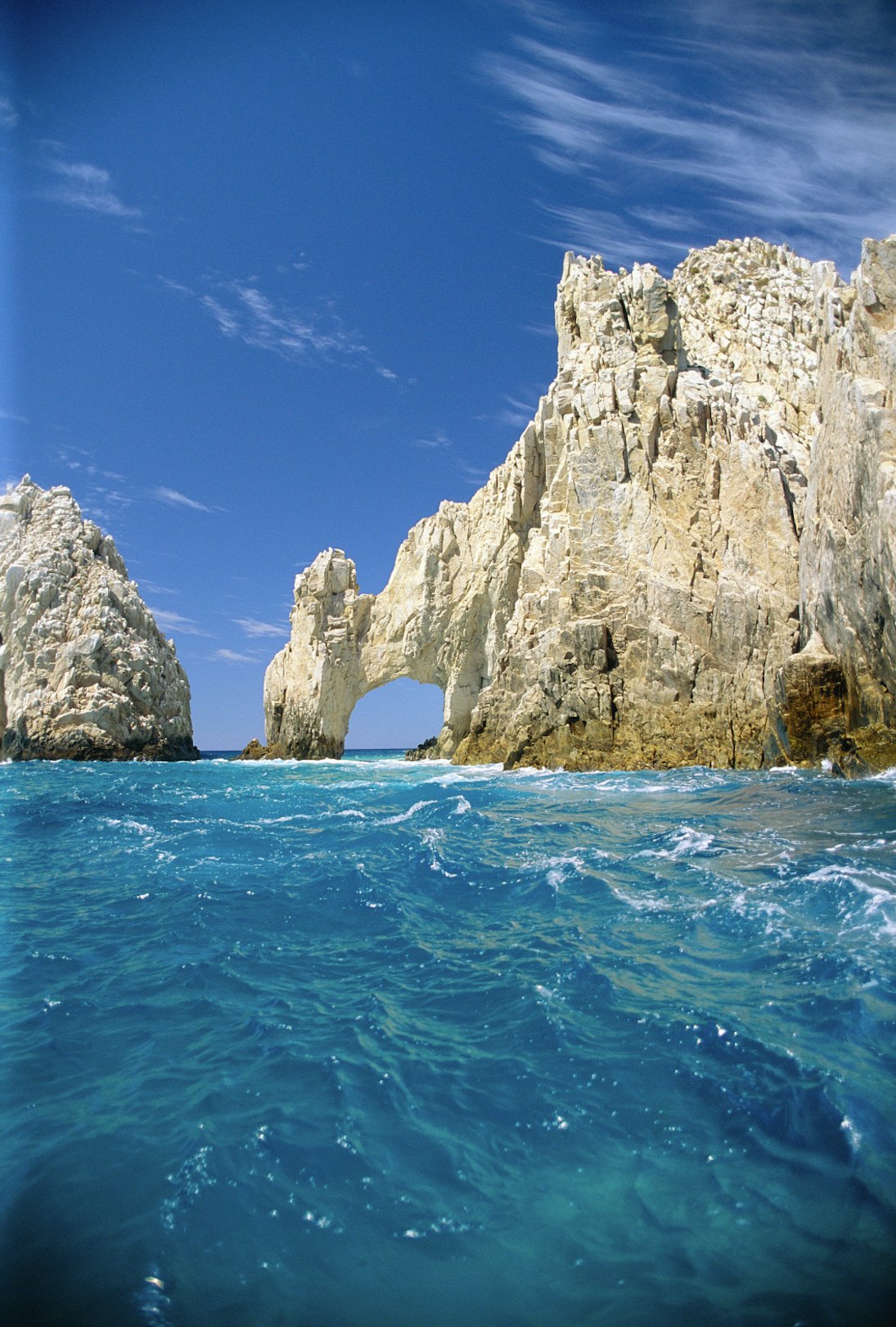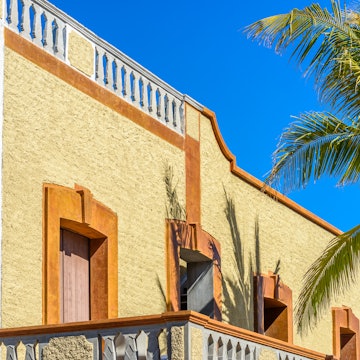

Getty Images/Gallo Images
Overview
Cardón cacti, boojum trees, ocotillo, cholla and other desert marvels thrive in this beautiful desert area that sometimes doesn’t receive any rain for a decade. Look out for crumbling missions, date palms, coconuts and mangrove swamps as you meander southward.
Leave the planning to a local expert
Experience the real Southern Baja. Let a local expert handle the planning for you.
Must-see attractions
Planning Tools
Expert guidance to help you plan your trip
Free Things to Do
Los Cabos is primarily regarded as a five-star destination – and rightly so. But this bit of Baja coast isn't out of the question on a shoe-string budget.
Read full article
Day Trips
Get out of your resort and into a lesser-known Southern Baja of wild ocean and desert oases. Here are the best day trips from Los Cabos.
Read full article
Money and Costs
Our guide to visiting Los Cabos on a budget can help you make your money go further.
Read full article
Get a book. Get inspired. Get exploring.
in partnership with getyourguide






















